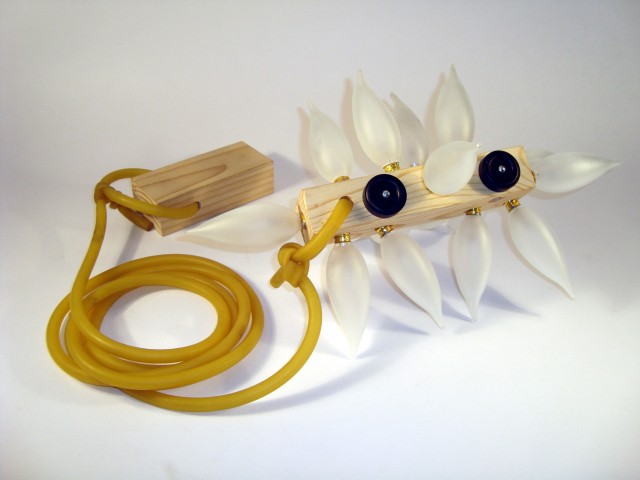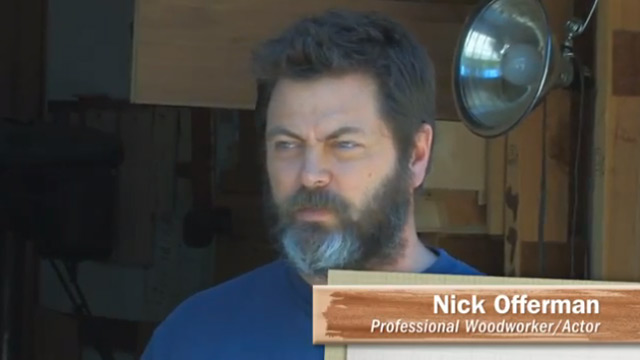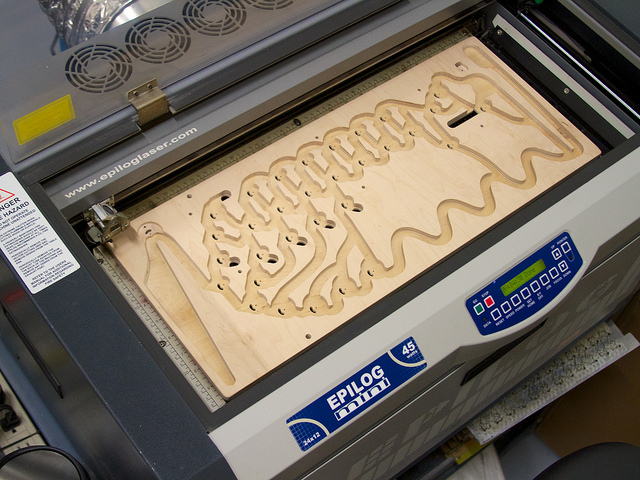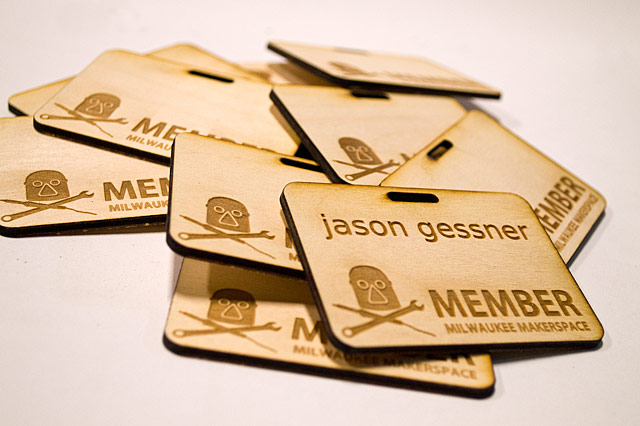I made the car “Sling Shot” to enter in the recent 2012 Milwaukee “Nerdy Derby.” During a few initial test runs, my car proved to be more than 10 times faster than the super-clever winning car made by HaveBlue. Unfortunately, my car was banned from competition because it was considered a threat to the spectators’ safety! The consensus was that it had “too much momentum, or energy,” and would hurt someone if it went off the track and hit them. What does too much energy mean, you ask? Well, kinetic energy is ½ X Mass X Velocity^2. Really then, the car was banned because the velocity is too high: It is just too fast! I’ve already minimized the mass by making the car out of pine, although I could have made it from Balsa Wood, or even entertaining alternate materials such as these.
Anyway, its no fun to think of how to slow Sling Shot down so that its slow enough to safely race, but still fast enough to win. Instead, I made some new car prototypes that amp up the speed and danger. If I’m going to be banned in the future, I may as well get banned with style!
Below is a photo of Sling Shot, which traveled the 40′ track length is 0.1 or 0.2 seconds, for an approximate average speed of 300 feet per second, or 200 mph! Note that the block is anchored to the finish line, thereby stretching the surgical tubing which acts as a spring to propel the car.
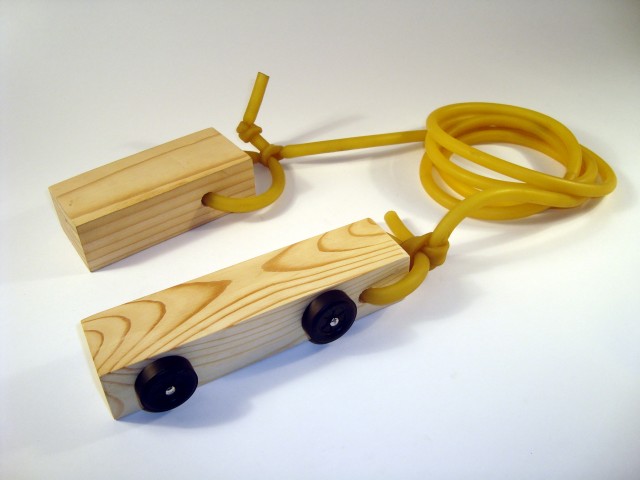
I realized that the dominant energy loss mechanism is air resistance – largely because Sling Shot’s wheels don’t even touch the track. You see, the car doesn’t follow the contour of the track, it just heads directly to the finish line, through mid-air. I spent some time engineering a more aerodynamic shape to further boost Sling Shot’s speed, searching for a shape that would really slice through the air. I even consulted a team of highly trained German aeronautical engineer friends, who all approved of my slingshot propelled Henckel Car. With the improved aerodynamic design, it should easily be faster than the 200mph Sling Shot car shown above.
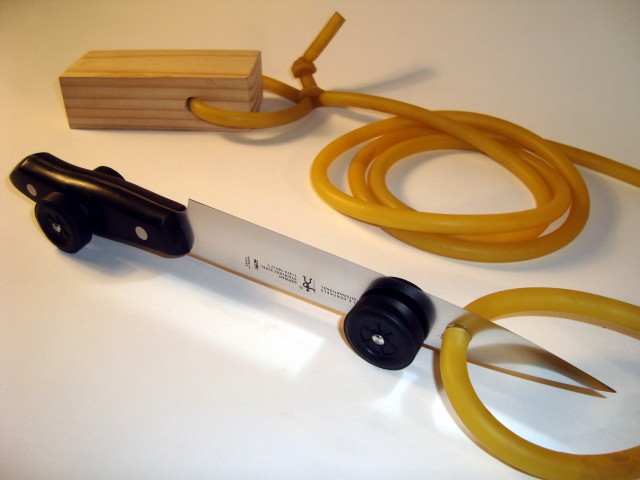
The other car I built this weekend is also based on Sling Shot, but incorporates some classy chandelier bulbs. The numerous ‘safety’ lights alert the time keeper of the imminent arrival of the derby car – for safety.
